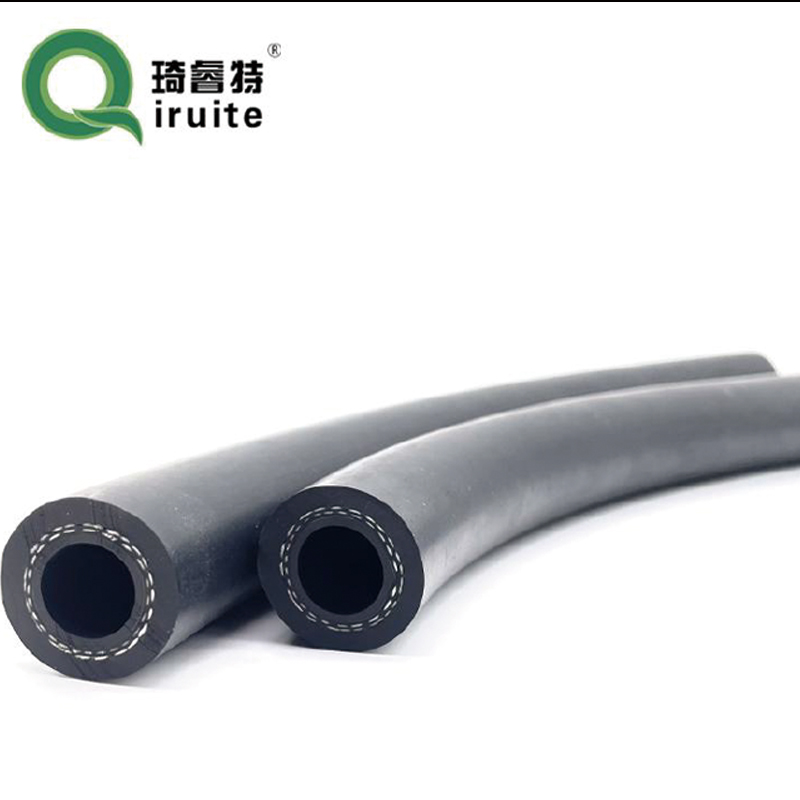hose coupler
Understanding Hose Couplers An Essential Component for Fluid Transfer
Hose couplers are a vital component in various industries, serving as the connection point between hoses and equipment. They facilitate the transfer of liquids and gases in applications ranging from agriculture to construction, and even in domestic settings. This article will explore the significance of hose couplers, their types, applications, and factors to consider when selecting the right one for your needs.
What is a Hose Coupler?
A hose coupler is a device that connects two hoses or a hose to a piece of equipment, allowing for the efficient transfer of fluids. They come in various styles and materials, tailored to fit different types of hoses and application requirements. At their core, hose couplers are designed to create a secure and leak-free connection while enabling easy disconnection when needed.
Types of Hose Couplers
Hose couplers can be categorized into several types based on their design and function
1. Cam Lock Couplers These couplers feature a quick-release mechanism that allows for rapid connection and disconnection. Commonly used in agricultural and industrial applications, cam lock couplers are favored for their convenience.
2. Threaded Couplers These are designed with threaded connections, which provide a more secure fit. They are commonly used in plumbing and high-pressure applications.
3. Push-Fit Couplers Also known as snap-fit couplers, these connect hoses through a simple push mechanism. They are easy to use and are often employed in scenarios requiring frequent disconnecting and reconnecting.
4. Barbed Couplers These couplers have barbed ends that grip the hose upon insertion, creating a tight seal. They are typically used in low-pressure applications.
5. Flanged Couplers With flat surfaces for bolting, flanged couplers are used in larger applications where a robust connection is essential, such as in pipelines.
Applications of Hose Couplers
hose coupler

Hose couplers are versatile and find applications in numerous fields. In agriculture, they are used to connect irrigation systems, facilitating efficient water delivery to crops. In the automotive industry, hose couplers are essential for fuel transfer and coolant systems. Additionally, they play a critical role in hydraulic systems, where they ensure safe and effective fluid transfer under pressure.
In domestic settings, hose couplers are commonly used in garden hoses, where they allow for attachments like spray nozzles and sprinklers, enhancing gardening and watering efficiency.
Factors to Consider When Choosing Hose Couplers
When selecting a hose coupler, several factors should be considered to ensure optimal performance
1. Compatibility Ensure the coupler is compatible with both the hose and the equipment. Check the size, material, and type.
2. Material Hose couplers are made from various materials such as brass, plastic, and stainless steel. Choose a material that can withstand the environment and the type of fluid being transferred.
3. Pressure Rating Ensure that the coupler can handle the pressure required for your application. Some couplers are designed for high-pressure environments, while others are not.
4. Ease of Use Depending on the frequency of disconnection and reconnection, the ease of use may be a crucial factor. Quick-release couplers may be beneficial in high-frequency applications.
5. Cost While it’s important to consider budget constraints, opting for cheaper options may compromise quality. Invest in a reliable hose coupler to ensure safety and efficiency.
Conclusion
Hose couplers are essential components that facilitate fluid transfer across various industries and applications. Understanding the different types and their specific applications can help you make informed choices when selecting the right coupler for your needs. With the correct hose coupler in place, you’ll enhance efficiency, safety, and effectiveness in your operations.
-
Ultimate Spiral Protection for Hoses & CablesNewsJun.26,2025
-
The Ultimate Quick-Connect Solutions for Every NeedNewsJun.26,2025
-
SAE J1401 Brake Hose: Reliable Choice for Safe BrakingNewsJun.26,2025
-
Reliable J2064 A/C Hoses for Real-World Cooling NeedsNewsJun.26,2025
-
Heavy-Duty Sewer Jetting Hoses Built to LastNewsJun.26,2025
-
Fix Power Steering Tube Leaks Fast – Durable & Affordable SolutionNewsJun.26,2025

